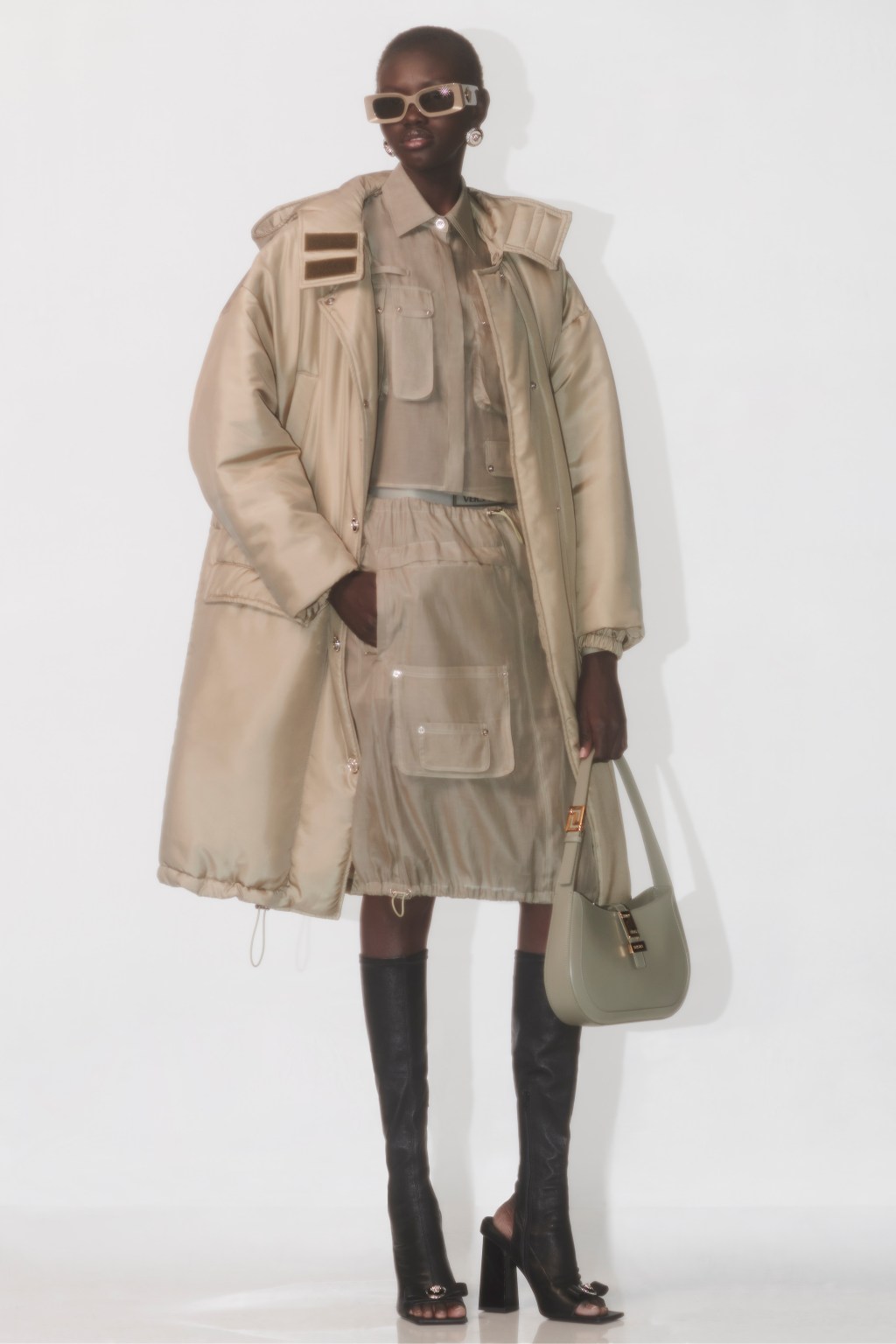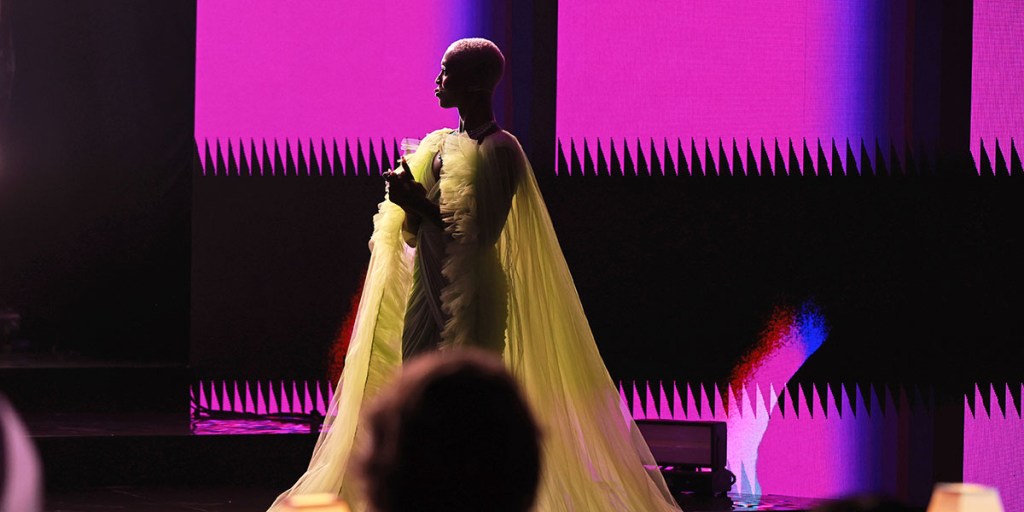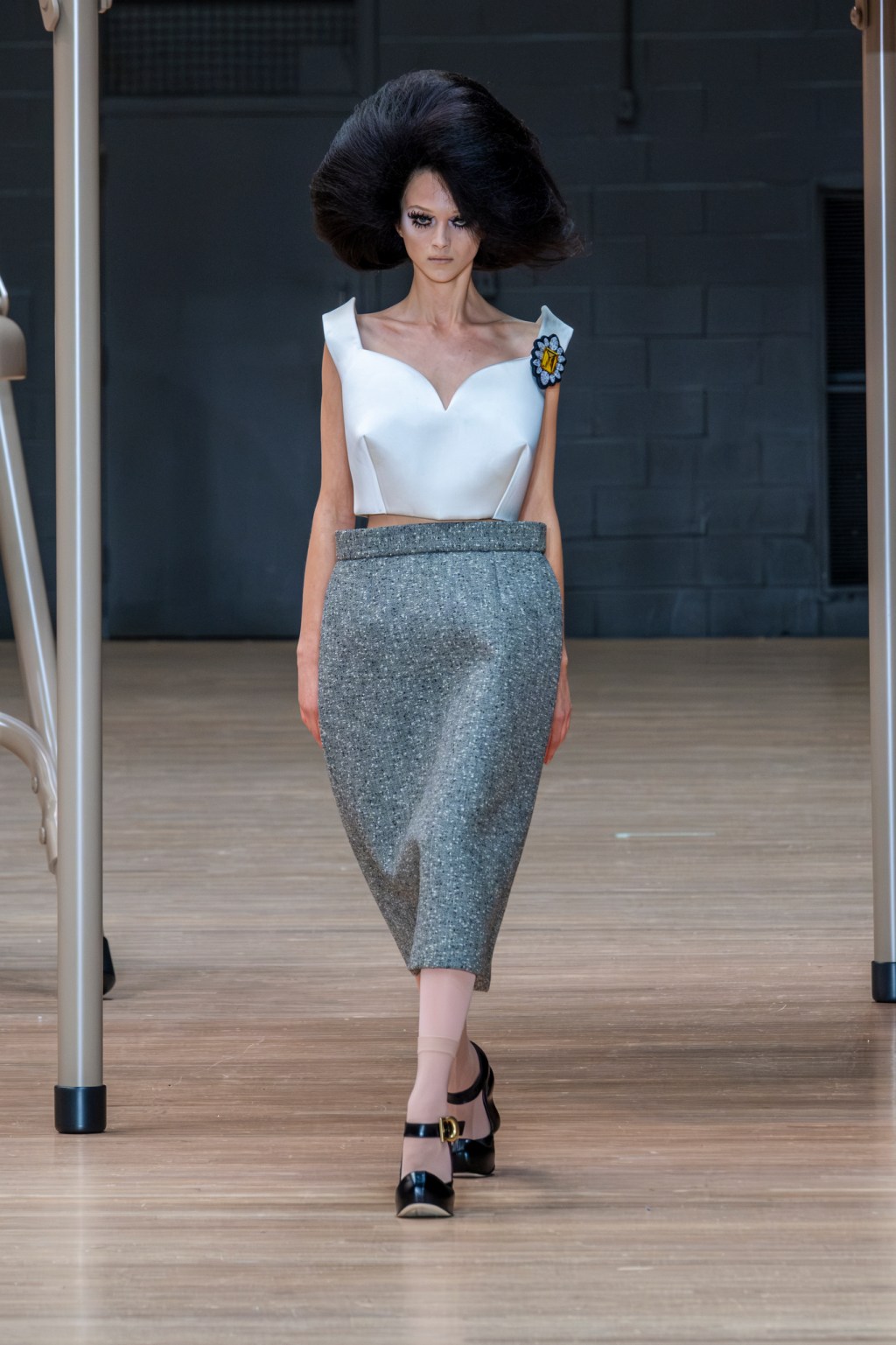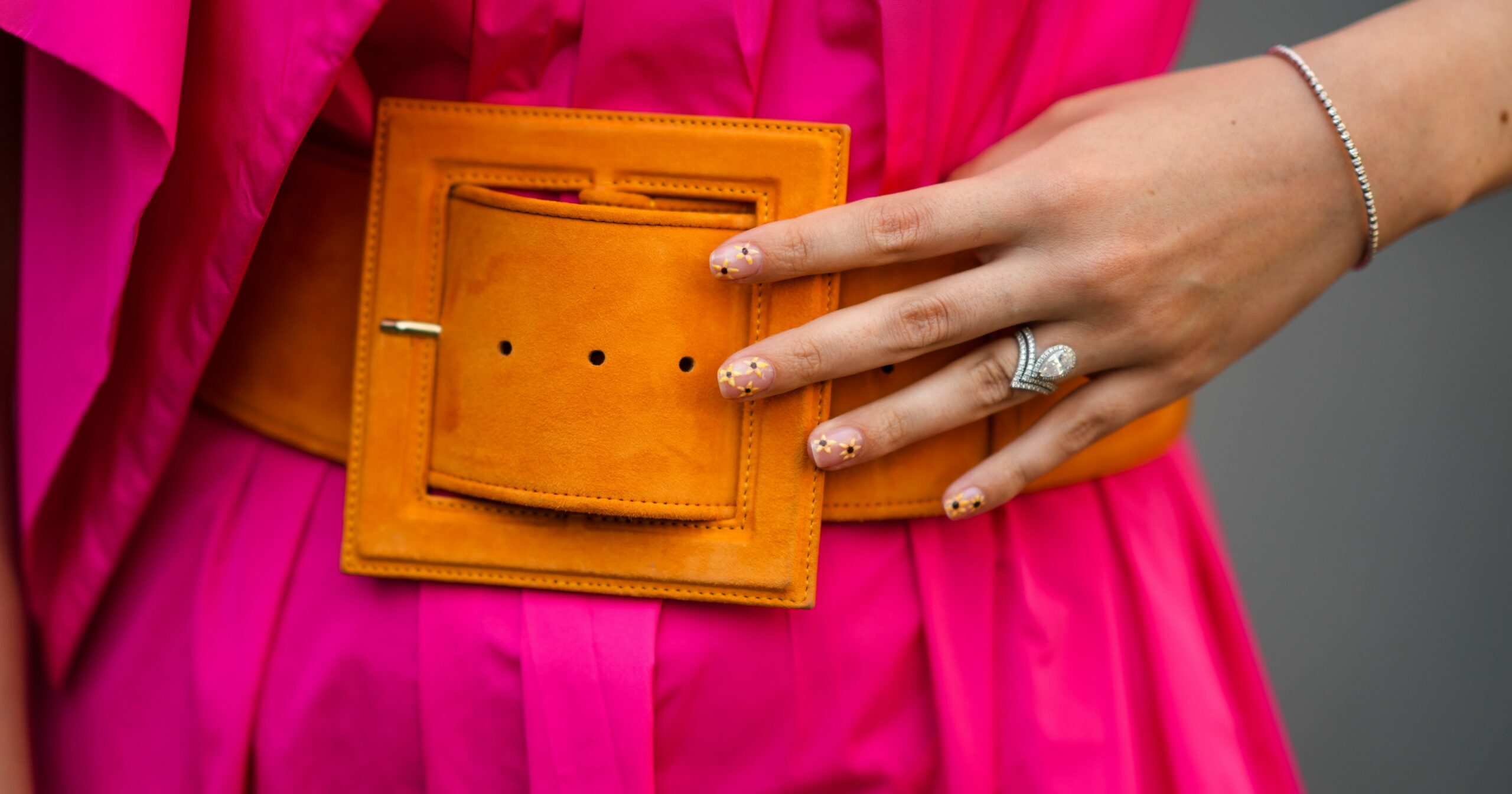The megadeal to bring together Tapestry Inc. and Capri Holdings and build a $12 billion giant should come into focus just a little more this week.
While it’s still not clear exactly when the transaction will close, both the acquirer (Tapestry) and the acquiree (Capri) will report quarterly results on Thursday.
Before Joanne Crevoiserat, chief executive officer of Tapestry, sprung the deal on the market in August, the two companies were natural competitors with plenty of accessible luxury overlap.
But the zero-sum game between them has changed and soon, Capri’s problems will be Tapestry’s, as the former’s brands (Michael Kors, Versace and Jimmy Choo) join the latter’s (Coach, Kate Spade and Stuart Weitzman).
Fiscal third-quarter expectations are low for Capri.
Analysts expect Capri’s revenues to fall by just over 2 percent to $1.48 billion, on top of the company’s 6 percent drop a year ago, according to FactSet. Earnings per share are likewise projected to decline, to $1.73 from $1.84 a year ago.
“Michael Kors’ North America wholesale business remains under pressure and a slowdown in the luxury category is dampening growth of Versace and Choo,” said Ike Boruchow, an analyst at Wells Fargo, in a research note.
“Looking at Coach versus Michael Kors specifically over the past four quarters, we see a large divergence in performance,” Boruchow said. “While Coach trends have slowed, revenue growth has remained positive. Conversely, Michael Kors has seen trends remain starkly negative, though are expected to improve in the upcoming quarter.”
That might be OK as Crevoiserat & Co. feel they have settled on a data-savvy operating model that works and can be applied to Kors.
Overall, analysts are looking for Tapestry’s fiscal second-quarter revenues to rise by just over 1 percent to $2.06 billion while EPS increases to $1.46 from $1.36.
But Tapestry still has a big job ahead. It’s taken on some $7.5 billion in debt to buy Capri and has the responsibility of successfully bringing the two companies together.
That has some thinking that Tapestry might not actually become a $12 billion giant, but look to sell off Versace and Jimmy Choo to bolster its accessible luxury positioning.
After all, Capri’s CEO John Idol was fielding interest from would-be buyers last year as Crevoiserat made her overture.
“We believe Tapestry’s management could opt to sell off Capri’s luxury brands and use proceeds to pay down debt/shrink the enterprise value of the business, which would potentially create greater upside,” said Wells Fargo’s Boruchow.
The analyst said the combined company — with all six brands intact — could be worth $60 a share. But the estimate on Tapestry rises to $70 a share if the company decided to spin off Versace and Jimmy Choo and used the $3.5 billion in proceeds to pay down debt.
Such a move would let profits earmarked to pay interest fall to the bottom line instead.
Crevoiserat’s deal to buy Capri might have been more than the biggest U.S. fashion deal of the year, it might have been the first domino to fall in a series of deals that will, once again, reorder the fashion scene.



